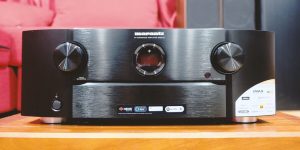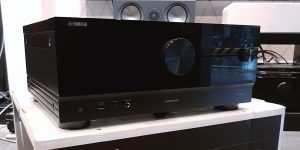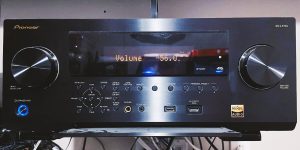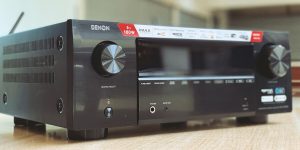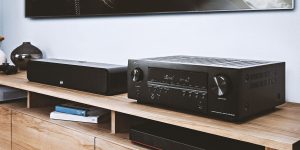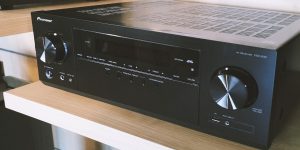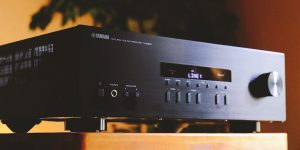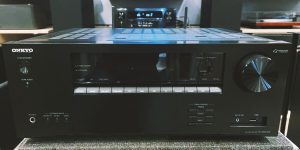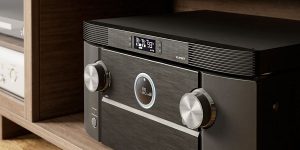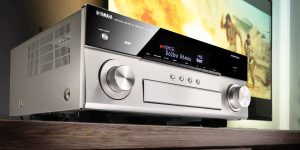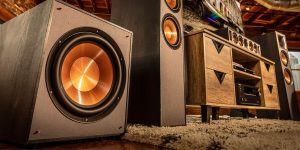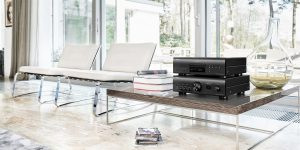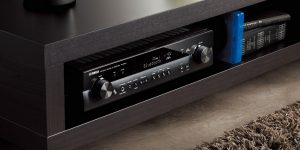More and more people today are becoming owners of vinyl record players. And this is not surprising because true audiophiles appreciate analog sound above all else, and modern musicians always release their new singles and albums on vinyl records. In addition, nowadays, there are various sound equipment that can expand your vinyl turntable’s functionality and combine different devices within one system.
In this article, I will tell you what a phono stage is and how to connect a turntable to a receiver (or amplifier). Understanding the different configurations of your equipment will help bring your home music system to a level worthy of the ears of the most enlightened music lovers.
What is a phono stage?
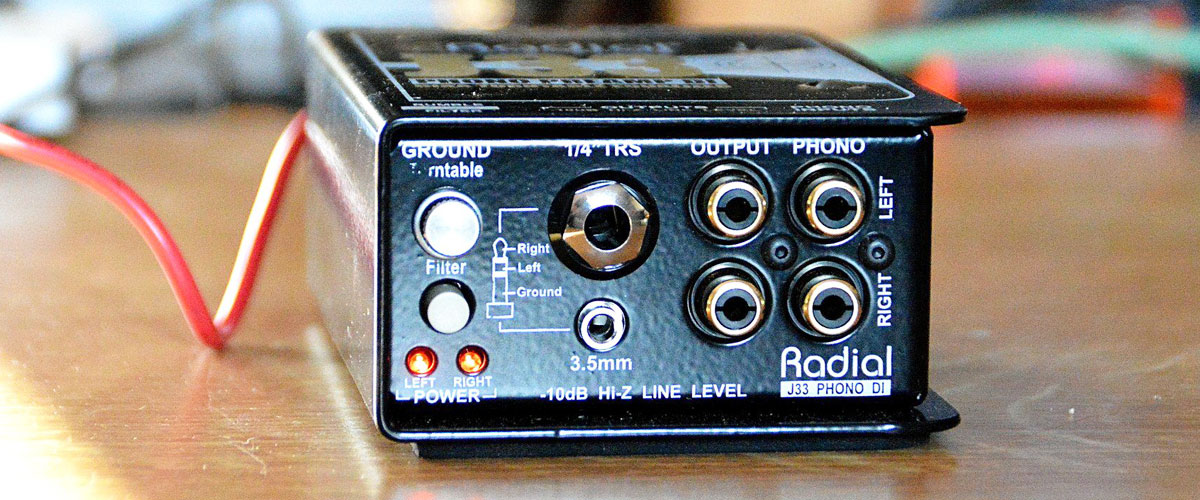
A phono stage (a phono preamp or phono amplifier) is an essential component of a vinyl playback system. Its main task is to amplify the low-level signal generated by the turntable cartridge. Unlike modern audio devices that output a line-level signal, turntables generate a weaker phono signal that must be amplified to match the standard line-level signal used by receivers and amplifiers. This is necessary for properly reproducing vinyl records and delivering the authentic, unique analog sound that vinyl holds dear.
The methods of connecting the player to the receiver
Depending on whether you have a separate phono preamp built into your receiver or into the vinyl turntable itself, there are 3 ways of turntable connections to your receiver/amplifier:
Receiver with a built-in preamp
Hooking up the record player to the receiver when the latter has a preamplifier will not be difficult:
- Use an RCA cable to connect the LINE OUT jack on the record player and the jack labeled PHONO on the receiver.
- To avoid unwanted hum in the circuit, do not forget about GND (ground), which is usually located near the PHONO jack and looks like a metal pin. Connect the necessary wire to it and enjoy the clean, amplified sound!
Turntable with a built-in preamp
Connecting the turntable to the receiver when the built-in preamplifier is on the turntable is similar to the previous one and is just as simple:
- Plug in an RCA cable to the PHONO jack on the turntable. You just need to ensure the mode is switched from LINE to PHONO.
- Connect the cable’s other end to any inputs labeled AUX, LINE IN, ANALOG IN, CD, or even TAPE on the receiver.
Using external preamplifier
You’ll probably prefer an external preamplifier if you’re an advanced vinyl user. Or simply, your turntable and receiver do not have built-in phono stages:
- Connect the external preamplifier to the line output on your turntable, and don’t forget the ground.
- Then, connect the audio output of the preamplifier to the analog (AUX, LINE IN, ANALOG IN) input of the receiver.
Other situations
So, what do you do if your receiver and record player have built-in phono stages? Since simultaneous use will cause them both to try to amplify each other, simply disconnect each one, in turn, to see which one the system sounds better with. Use any analog input for the receiver, not the PHONO input.
There are times when you can connect your turntable to your receiver using the Bluetooth feature. This will save you from unnecessary connections with wires but will take away the main thing, the analog sound, as it will undergo digitization.
Internal preamp benefits
Having a built-in phono stage in your turntable or receiver provides convenience and reduces the need for additional equipment. It simplifies the setup process and saves your audio system’s space, eliminating unnecessary wiring.
However, the quality of built-in phono stages is always inferior to external stages. In addition, you have no control over the sound (equalization).
External preamp benefits
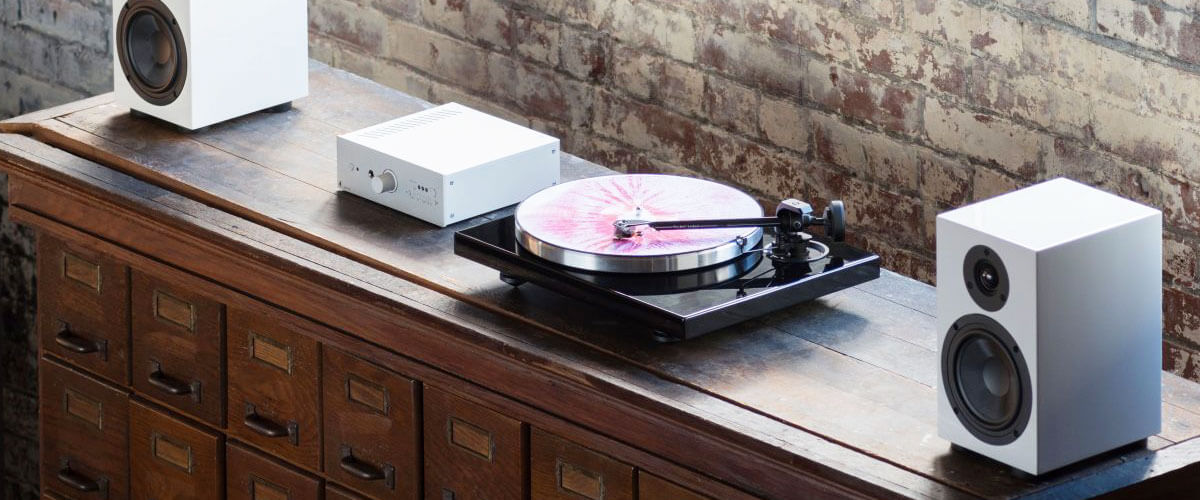
Any music connoisseur who considers himself an audiophile will prefer an external preamplifier. Because it’s a separate device, it’s larger than a built-in one, so it puts larger, higher-quality parts in it. You can replace (upgrade) with ease. Also, the external phono stage has controls, and you can customize the sound to your preferences. In addition, you can use tube preamplifiers, which are known for their warmth and realism.
Its only drawback is the extra space and wires.
We are supported by our audience. When you purchase through links on our site, we may earn an affiliate commission at no extra cost to you.
Our newsletter
* We will never send you spam or share your email with third parties

